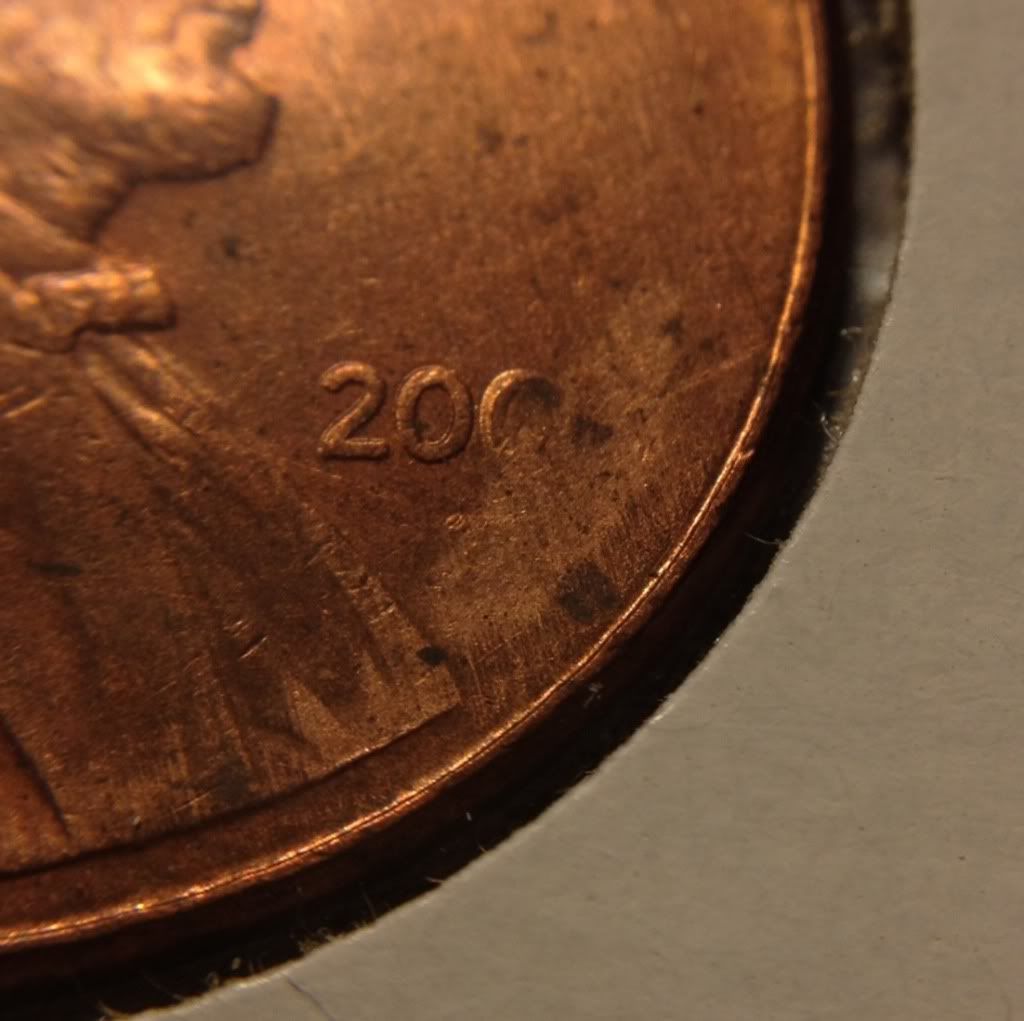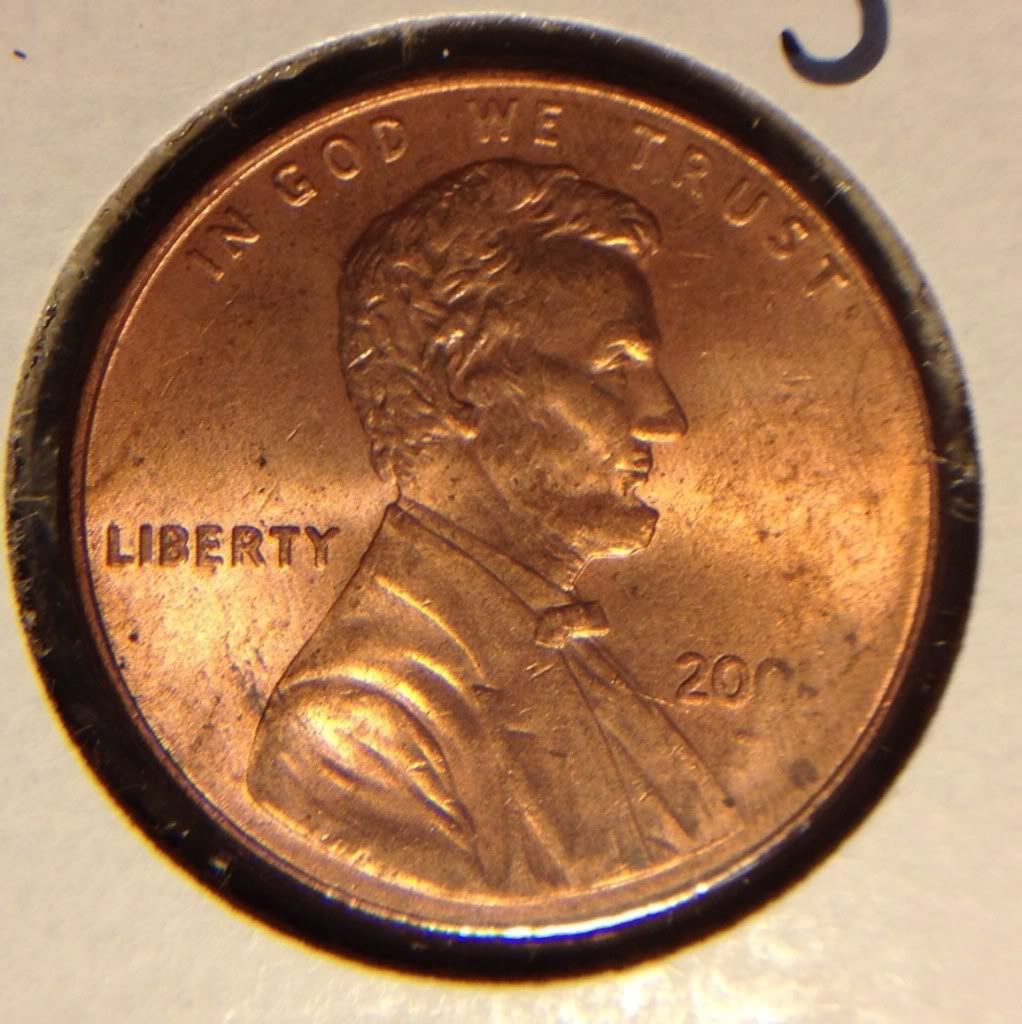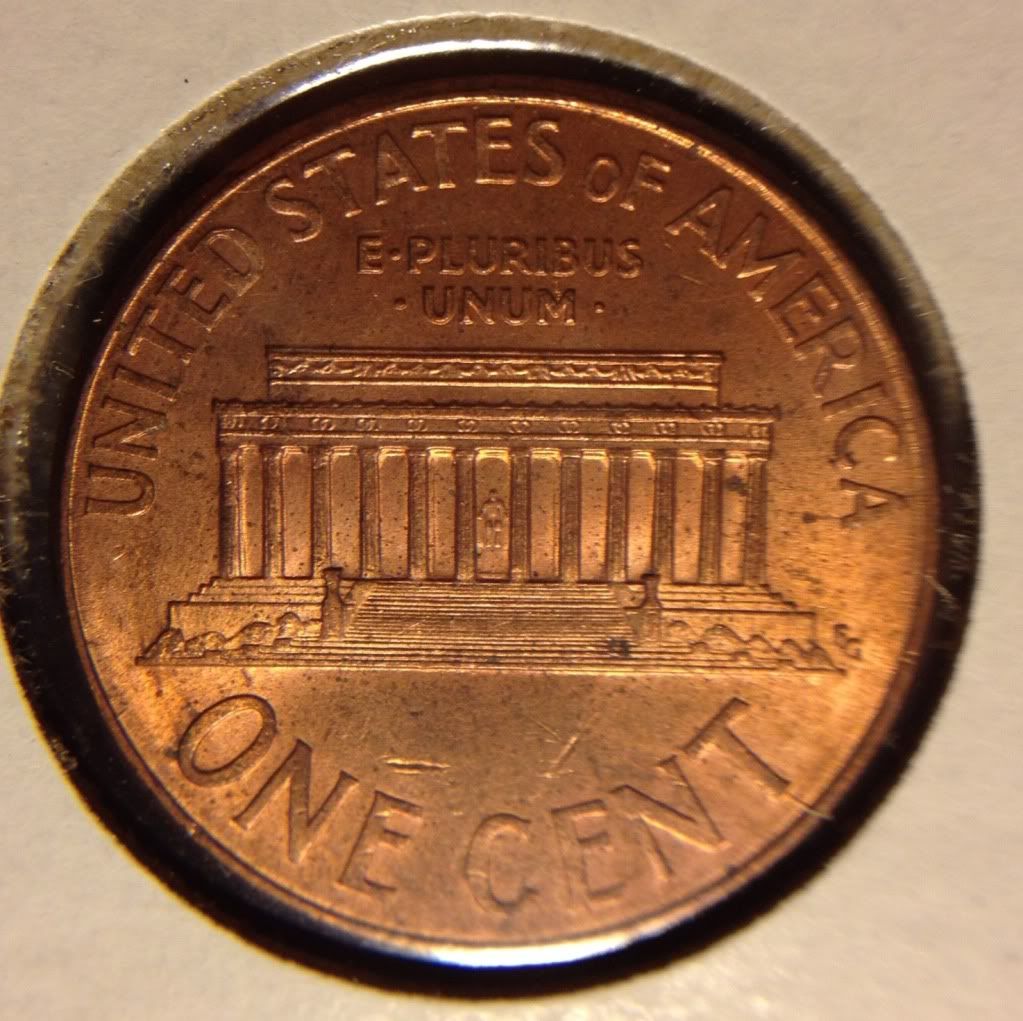Looks like a genuine error to me but I'm not possitive.
Struck through heavy grease?
Collapse
X
-
-
Nice find Mike. Looks like you might have a "greasy ghost" too.
JodyLast edited by jallengomez; 10-01-2013, 05:48 PM.“What can be asserted without evidence can also be dismissed without evidence.”Comment
-
Not common but not extremely rare either.
I've wondered why coins struck through grease don't often have signs of grease on them. Is it because of the consistency, like the grease is really hard and packed into the die and covered with metal debris not like we think of grease? Anyone know?Comment
-
I would think that maybe Circulation cleans them off a bit. However, I know about as much about the minting process as I do rocket science so you got me.Comment
-
Not common but not extremely rare either.
I've wondered why coins struck through grease don't often have signs of grease on them. Is it because of the consistency, like the grease is really hard and packed into the die and covered with metal debris not like we think of grease? Anyone know?
Yes, you described it correctly.Comment
-
What we see with the "struck throughs" is more than likely a mix of grease and other gunk. The key is that it has hardened though and accumulates on the dies. I do find residual grease on a lot of the unc rolls that I search from the 60s.“What can be asserted without evidence can also be dismissed without evidence.”Comment
-
Help me out here. The "grease" is actually a mixture of gunk (scientific term) that builds up on dies eventually becoming noticeable. How many cents are struck in a minute? Seems to me, once the grease build up is even slightly noticeable that the coins would be culled. Also -- with a coin like Mrmike shows, how many minor grease strikes are out there and why aren't there more? If that one (really nice BTW) got by there should be tons of less strength one in circulation....ArJohn
Comment
-
I definetly can't answer your question, but I do have one more. Very minor in comparison, I believe it was caused by the same situation.Help me out here. The "grease" is actually a mixture of gunk (scientific term) that builds up on dies eventually becoming noticeable. How many cents are struck in a minute? Seems to me, once the grease build up is even slightly noticeable that the coins would be culled. Also -- with a coin like Mrmike shows, how many minor grease strikes are out there and why aren't there more? If that one (really nice BTW) got by there should be tons of less strength one in circulation....



Comment
-
Despite what you might think...they are not checking all that many coins and something minor like a grease strike very likely will slip by just as RPMs and doubled dies do. And...there are lots of struck thru grease examples in circulation...I find them all the time...there is half a tube full on my desk right now..I'd be glad to send you a few if you're not finding them.Help me out here. The "grease" is actually a mixture of gunk (scientific term) that builds up on dies eventually becoming noticeable. How many cents are struck in a minute? Seems to me, once the grease build up is even slightly noticeable that the coins would be culled. Also -- with a coin like Mrmike shows, how many minor grease strikes are out there and why aren't there more? If that one (really nice BTW) got by there should be tons of less strength one in circulation....Comment




Comment